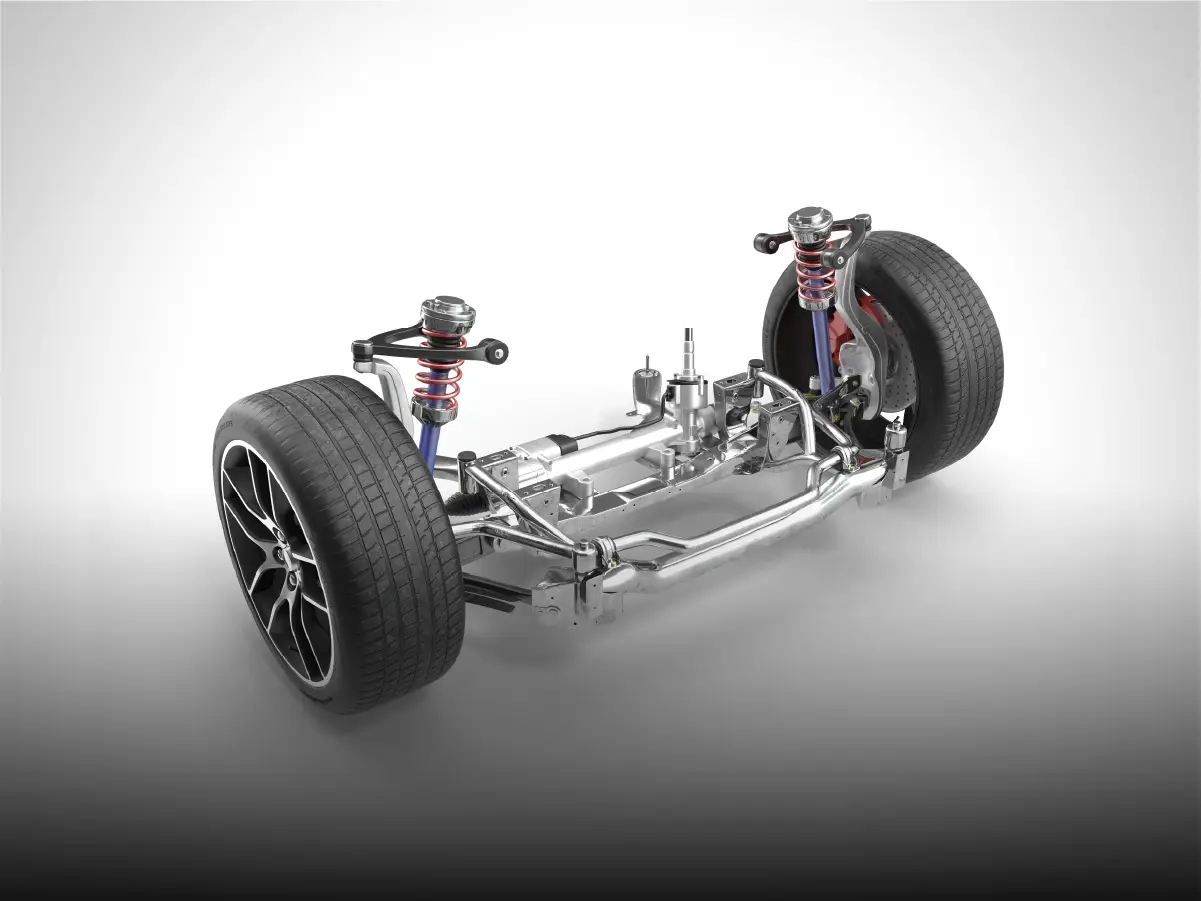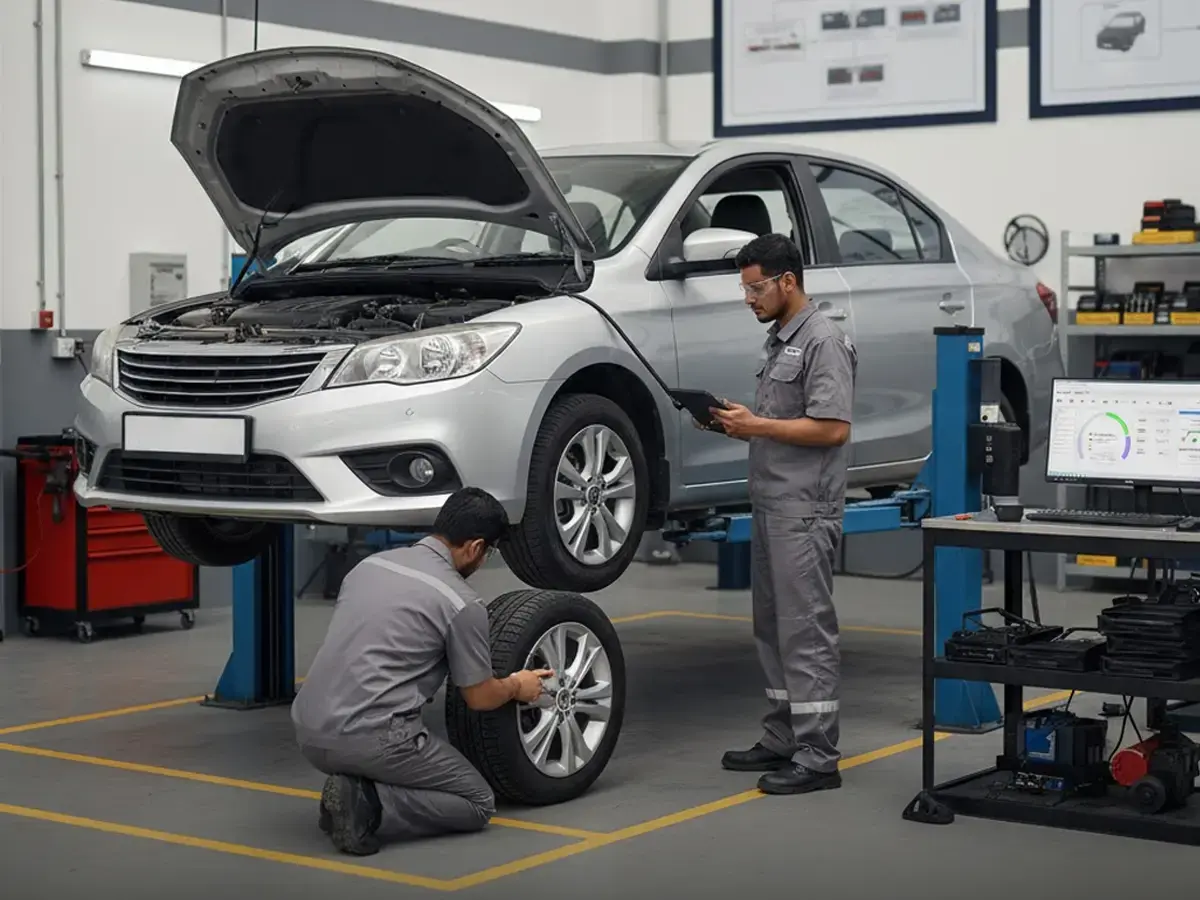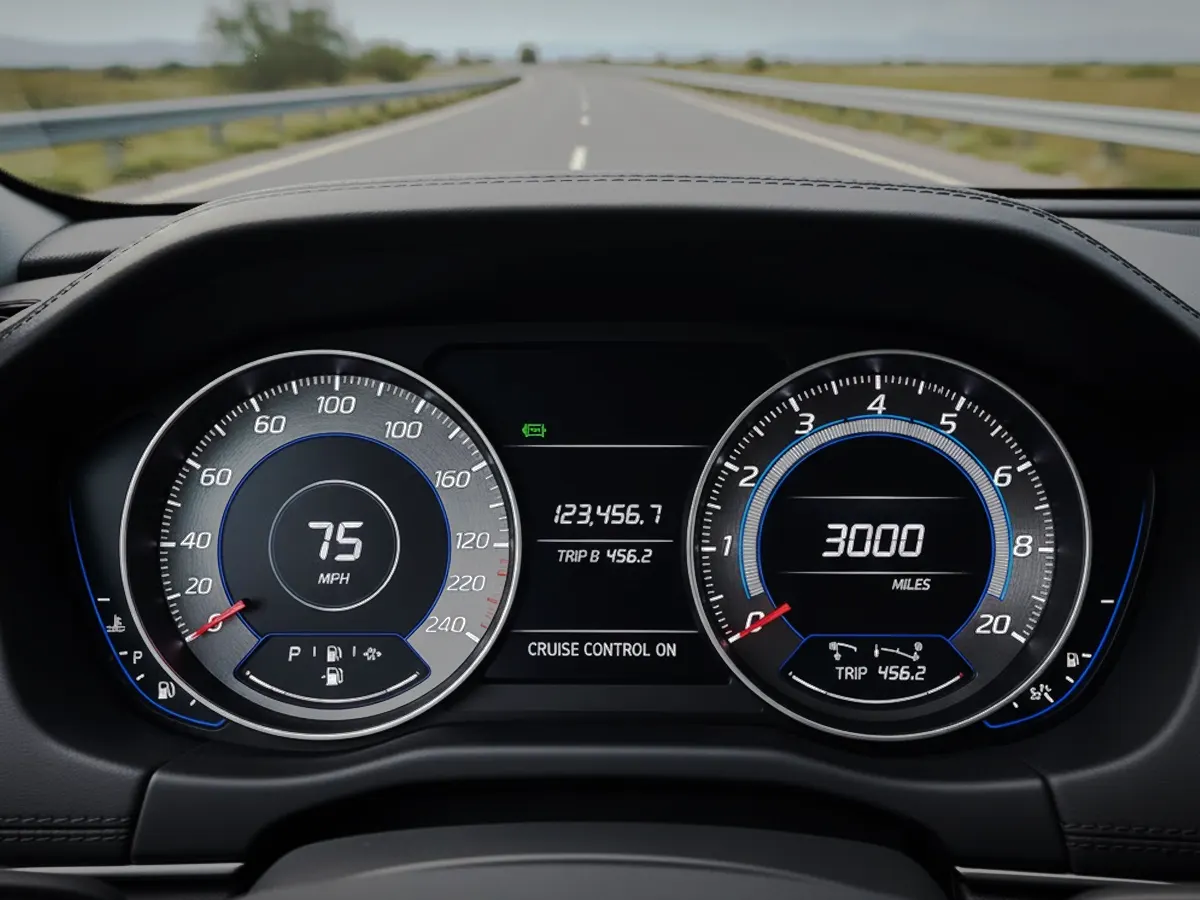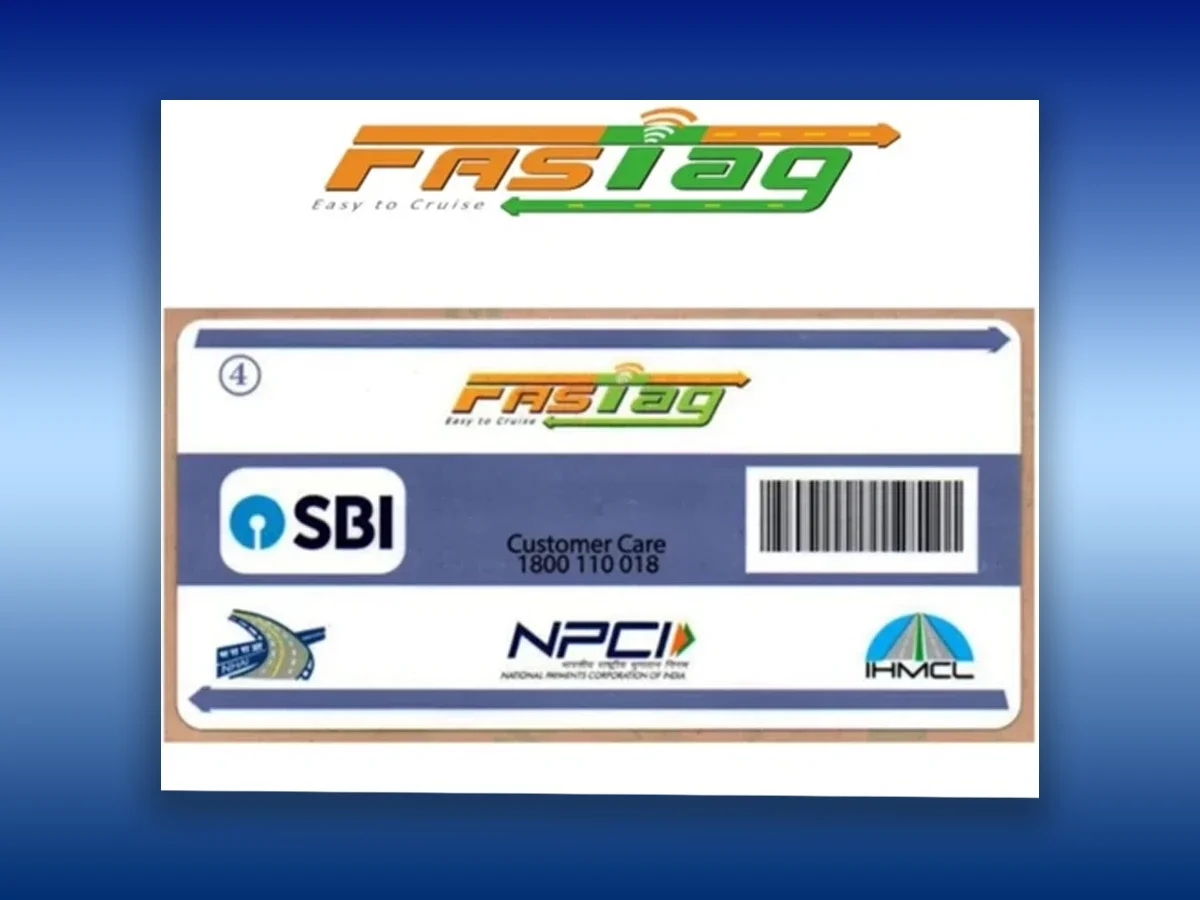

All About Independent Rear Suspension (IRS) System: A Deep Dive
- 1Independent rear suspension improves ride comfort and handling of a car
- 2IRS is found in most premium cars, hatchbacks, and performance oriented vehicles
- 3Independent suspensions are more expensive to produce and repair
Suspension systems are one of the most crucial components that influence how a car feels and behaves on the road. The rear suspension, in particular, plays a key role in how a vehicle handles turns, bumps, and offers comfort with varying road conditions. Among the different suspension designs available today, the Independent Rear Suspension (IRS) has become the gold standard for comfort and dynamic handling. Whether you're a daily driver or a performance enthusiast, understanding how IRS works helps you appreciate what goes into making a car both stable and smooth.
Independent suspension systems are commonly found in higher-end vehicles, premium hatchbacks, and even in cheaper sports cars because they provide superior wheel articulation, better road contact, and reduced body roll. We explore what an independent rear suspension system is, how it compares to other designs, and why it could be a game-changer for your next new or used car purchase.
What Is Independent Rear Suspension?

Caption - Independent rear suspension (above) vs solid axle (bottom). Notice how the IRS (above) keeps the wheel movement independent of each other.
Independent rear suspension refers to a setup where the rear wheels of a vehicle can move independently of each other. Unlike a solid axle system, where both wheels are connected by a rigid beam, IRS allows each wheel to respond separately to road undulations. This setup improves ride comfort, traction, and overall handling.
Independent suspension uses individual control arms, links, and dampers for each wheel. Because the movement of one wheel doesn’t directly impact the other, the system can better maintain tyre contact with the road. This translates into smoother rides over potholes, less vibration inside the cabin, and more predictable handling in curves.
IRS is typically used in double wishbone, multi-link, or trailing arm designs. It’s standard on many luxury vehicles and performance models due to the tangible driving improvements it provides.
Advantages of Independent Rear Suspension

The key selling point of IRS is its ability to enhance ride quality and vehicle dynamics. Here’s how it makes a difference:
- Improved Ride Comfort: Independent wheel movements absorb bumps better, especially on uneven roads.
- Enhanced Cornering: With each wheel adjusting independently, body roll and understeer are reduced.
- Better Traction: Consistent tyre contact with the road boosts grip and stability.
- Lower Unsprung Weight: Helps in quicker suspension response and better feedback.
- Custom Tuning: Independent suspension systems allow for more precise suspension geometry tuning, ideal for high-performance setups.
These benefits collectively make IRS a go-to for the best suspension cars to get refined ride quality, handling, and safety.
Disadvantages of Independent Rear Suspension
While IRS offers clear benefits, it’s not without its drawbacks:
- Higher Cost: The complexity of the independent suspension system makes it more expensive to manufacture and repair.
- Maintenance Requirements: More moving parts mean more wear points and potential maintenance.
- Space Considerations: Independent suspension setups can eat into cabin or cargo space in smaller vehicles.
- Repair Complexity: In case of damage, components may require specialised tools or service expertise.
These limitations are why some manufacturers still use simpler torsion beam or solid axle setups, particularly in budget-friendly models.
IRS vs Solid Axle: A Quick Comparison
| Feature | Independent Rear Suspension | Solid Axle (Live Axle) |
| Wheel Articulation | Independent | Linked (moves as a unit) |
| Ride Comfort | Superior | Less comfortable |
| Handling Performance | Enhanced | Average |
| Maintenance Complexity | High | Low |
| Cost | Expensive | Cost-effective |
| Common Usage | Premium and performance cars | Entry-level and utility cars |
Should You Choose a Car With Independent Rear Suspension?

If you’re shopping for a car and are serious about driving dynamics, an IRS-equipped vehicle is generally worth the extra cost. It’s especially useful if:
- You frequently drive on uneven or poorly maintained roads.
- You value cabin comfort for passengers.
- You enjoy spirited driving or plan to use the car for highway cruising.
- You want better cornering and braking control.
However, if your needs are more basic like city commutes, occasional highway trips, or a tight budget then an independent suspension isn’t a priority and a torsion beam setup or solid axle rear suspension setup may suffice.
Is Independent Rear Suspension Good for Off-Roading?

Independent Rear Suspension systems offer several advantages for SUVs used in off-roading as well, especially for drivers seeking better ride comfort and traction on uneven terrain. Unlike solid axles that connect both rear wheels with a fixed beam, IRS allows each wheel to move independently, adapting more efficiently to bumps, rocks, and ruts. This translates to improved ground contact, which enhances grip and stability on technical trails or loose surfaces. The flexibility of an independent suspension setup also reduces the amount of unsprung mass, which helps the suspension react faster to surface changes, offering a smoother ride.
However, an independent suspension setup at the rear typically offers less articulation than solid axles, which may limit performance in extreme rock crawling situations where maximum wheel travel is crucial. Additionally, IRS components can be more vulnerable to damage due to their complexity and lower ground clearance. Despite these trade-offs, many modern off-road-focused SUVs and crossovers opt for independent suspension for its blend of comfort, handling, and recreational off-road capability, making it ideal for mixed-use or urban adventure vehicles.
Conclusion
The independent rear suspension system or IRS represents a modern solution to improving comfort, performance, and safety. By allowing each wheel to move independently, IRS systems provide a noticeable upgrade in ride quality and road holding. While they are costlier to produce and maintain, their advantages often outweigh the drawbacks for those who value driving feel and refinement.
As more manufacturers bring IRS to even mid-range models, buyers now have greater access to this once-premium feature. If you’re exploring second hand cars or looking for your next upgrade, a model with IRS could provide long-term driving satisfaction.






























